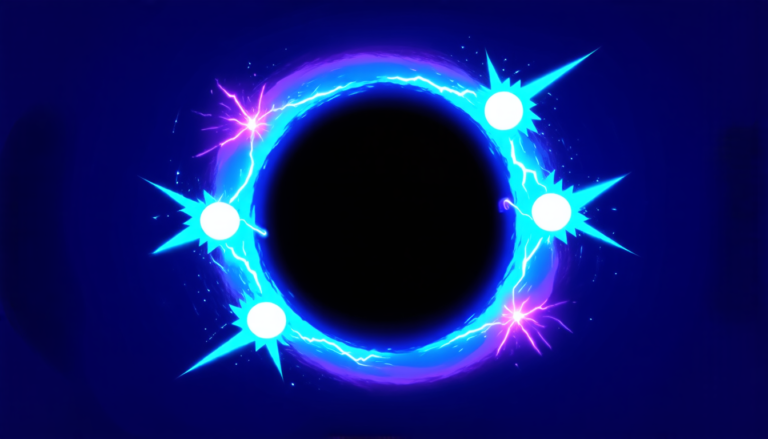Thursday 08 May 2025
The latest breakthrough in integrated photonics has brought us one step closer to making high-speed, low-power optical communication a reality. Researchers at the Swiss Federal Institute of Technology have successfully developed and fabricated arrayed waveguide gratings (AWGs) on lithium tantalate (LiTaO3), a material known for its reduced optical anisotropy compared to traditional lithium niobate (LiNbO3).
The AWG is a crucial component in modern photonics, serving as a wavelength division multiplexer and demultiplexer. By efficiently routing multiple data channels over a single optical fiber, AWGs enable the densest possible transmission of information, making them essential for high-bandwidth applications such as telecommunications.
In traditional LiNbO3-based AWGs, the large anisotropy of the material can lead to design complexities and performance limitations. The researchers’ decision to use LiTaO3 instead has yielded significant benefits. With its reduced anisotropy, LiTaO3 offers improved optical properties, allowing for more precise control over the waveguide’s behavior.
The team fabricated AWGs with both Confocal and Rowland star coupler designs, showcasing their versatility in achieving optimal performance. The devices were characterized across multiple fields on a single wafer, demonstrating consistent results. Insertion loss, 3-dB bandwidth, and adjacent channel crosstalk were all measured, providing valuable insights into the AWG’s performance.
The double-layer taper design, used to couple light from the lensed fiber into the LiTaO3 waveguide, is particularly noteworthy. By transitioning from a 300nm slab to a 600nm waveguide core height over a length of 250μm, the taper enables efficient mode matching and minimizes losses.
The achievement of these researchers marks an important milestone in the development of integrated photonics for high-speed optical communication. As demand for faster, more reliable data transmission continues to grow, innovations like this AWG design will play a crucial role in shaping the future of telecommunications.
By leveraging LiTaO3’s unique properties, the team has created a device that can effectively multiplex and demultiplex multiple channels, paving the way for more efficient optical communication systems. As researchers continue to push the boundaries of integrated photonics, we can expect even more exciting developments on the horizon.
Cite this article: “Breakthrough in Integrated Photonics: High-Speed Optical Communication Takes a Leap Forward”, The Science Archive, 2025.
Integrated Photonics, Lithium Tantalate, Awg, Optical Communication, Wavelength Division Multiplexer, Demultiplexer, Telecommunications, Litao3, Linbo3, Nanotechnology







